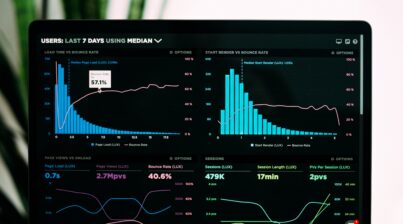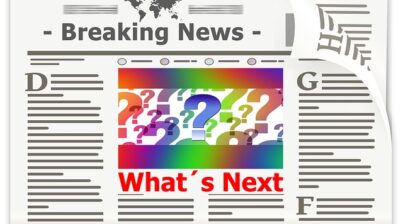Image by Tung Nguyen from Pixabay
HR professionals can feel the tide changing. No longer is a human resources team just focused on managing people and completing paperwork. Yes, your power skills are still extremely important – such as teamwork, communication, productivity, collaboration, and leadership. But now there’s another set of skills that are critical for HR teams: people analytics.
What Is People Analytics?
The field of people analytics includes collecting and applying data-driven insights to:
- Improve recruiting and hiring decisions
- Increase employee engagement
- Introduce more efficient and effective workforce processes
- Connect people strategy to business strategy
It’s about using HR technology to help your team go from manual to automated reports that tell a workforce story and help your leadership improve their decision-making. But your HR team needs to go through training so they can use your data analytics tools effectively. Why rely on data so much rather than gut feelings and perceptions like before? Data is unbiased. And when your HR team knows how to use data properly, it will save your organization time and money.
Technology vs The Human Role
It’s a bit of a tightrope to walk, but it’s important for HR teams to find a balance between people analytics technology and the human role they play. What will your HR team look like in the future? How can you play a more prominent role at the leadership table? What will your HR team’s contribution be to the future workforce?
Here are a few tips to consider for ensuring your HR team is set up for success with essential skills to help your business grow and succeed:
- Evaluate each position on the HR team. What tasks can be automated? What skills still need the human touch that computers can’t handle, such as creativity or connecting with your employees individually. Ensure your team receives the proper training and skills to do the things that HR systems can’t.
- Become data- and tech-savvy. Not everyone on your team will want to be a data scientist. But each person can have a good understanding of how to gather data and what it tells you. This will help your team be more efficient, solve problems, and improve communication across the organization.
- Lead the way in embracing technology. How many of you leverage Alexa to make your grocery list or Siri to give you directions on a trip? If you do, you’re using AI. And this type of technology is becoming more popular in the workplace. Don’t let it make you nervous. Learn how it can drive efficiency across your organization and help you succeed.
The Adoption Of People Analytics
Both HR and business leaders are realizing that data can be a powerful tool for making better decisions. That’s why HR leaders are increasingly turning to data analytics to gain a better understanding of their workforce and business. It seems like a new trend, but people analytics has been around for a while. While the adoption of people analytics seems fairly new, the reality is the pandemic accelerated the need for leaders to make quick data-driven decisions. And it’s not just about looking at reports with lots of facts and figures. People analytics is now being recognized as a business imperative in order to:
- Better the employee experience
- Tailor training and professional development programs
- Provide insights into business pain points
- Improve the way they identify, attract, engage, upskill, and retain employees
Why People Analytics Are More Important Than Ever Before
In the past three years, leaders have been required to understand their workforce more deeply. Why? People are an organization’s most important asset. Leaders need to answer questions and make decisions about:
- In-person vs hybrid vs remote workforces
- Diversity, equity, and inclusion
- Skills needed for current roles and upskilling for future roles
- Employee experience and lifecycle
- Impact of the workforce on business strategy and the bottom line
Granted, most HR professionals don’t go into the HR field because they love data and numbers. They choose HR careers because they are people focused. The positive side is that much of your people analytics automatically analyzes data and generates valuable insights for you. For example, you want to project what your future turnover might look like so that you can plan for future resources. Your people analytics can look at different scenarios for employee turnover, look at historical averages, and add employee engagement and satisfaction. It can provide you with best- and worst-case scenarios so that you can diagnose, predict, and provide solutions.
Will People Analytics Ever Rule The World?
People analytics may not rule the world, but it will definitely be reimagined. People analytics and the traditional HR roles need to evolve in order to prove their real value within an organization. Learn as much as you can about analytics. Understand key business priorities for your company. Get to know your team leaders so you can identify where data would help with their decision-making.
But where do you start?
Join your data-driven HR peers. Get a free live demo today.
Wrapping It Up
To put it simply, as an HR professional you must strengthen people analytics skills. Employee Cycle can help! Schedule a demo to see how our HR analytics dashboard can help you engage with your organization like never before.












